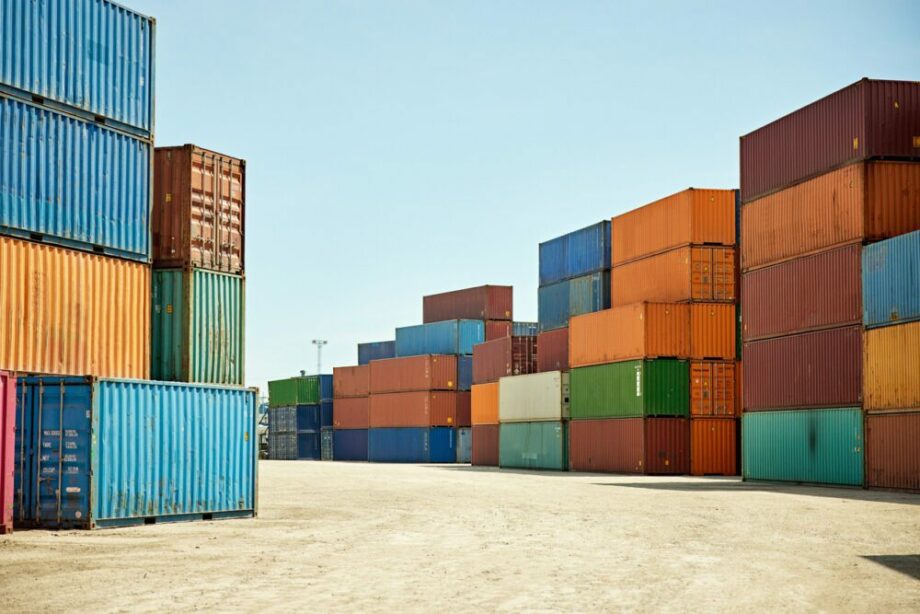What Are Containers?
Aug 18, 2022


By Anthony Loss, Director of Solution Strategy, ClearScale
Migrating to the cloud is a great step for companies that want to boost performance and modernize mission-critical applications. The cloud offers faster time to market, lower total cost of ownership (TCO), better stability, stronger security, loosely coupled workflows, and more…but only if teams take advantage of the right technologies.
One cloud-native technology that really comes alive on AWS is container technology. Containers are standardized packages of software that include everything needed to run an application – code, runtime environments, system tools, libraries, interfaces, and more. They allow teams to break monolithic applications into microservices that are easy to maintain, improve, and scale over time. Cloud-native containers, especially, enable developers to focus more on application development rather than on infrastructure maintenance.
So why aren’t more companies using cloud-native containers? Many don’t know how, and some believe that on-prem containers are sufficient. Both reasons are holding leaders back from maximizing app performance. In this post, we’ll explain why cloud-native containers are a game-changer for modern development teams. Then, we’ll follow up with a second post about the specific use cases and benefits of cloud-native containers.
Life Before Containers
To understand why cloud-native containers are useful today, we have to consider how IT teams hosted applications in the past. Before the cloud, companies put their entire applications on a single hardware server. This approach was the best option available for ensuring secure, performant applications, even if that meant having an inflexible IT infrastructure. Applications were monolithic in nature, meaning components and workflows were tightly integrated. As a result, one component failure had the potential to bring down an entire system or workload.
Virtual machines improved upon this paradigm significantly. Rather than host one monolithic application on a single hardware server, IT teams could host individual applications in separate virtual servers, all provided by a single host. This pattern opened the door for decoupled applications and, eventually, containers.
How Containers Enable Modern Applications
With containers, IT teams can spread application dependencies, features, and workflows across multiple virtual machines. Rather than keep one monolithic application per virtual machine, technology groups can now split unique software units into unique environments. This setup enables different developers within the same organization to operate according to their specific skills and preferences. They can implement whatever tools, languages, and settings they need. And they don’t have to worry about breaking an entire application or interfering with another group’s preferred development process.
Moreover, containers keep individual components within the same application isolated from one another. This makes it easier to pinpoint problems and minimize failure footprints. These isolated components also share an underlying OS kernel that gets divided dynamically amongst one or more containers. Additionally, containers are easy to move between hosts as a single image. In theory, companies can even host various parts of an application with different service providers. Of course, doing so requires advanced container orchestration and management – this is where the cloud comes in.
Going Deeper with Cloud-native Containers
The best part about container technology is that it’s more accessible than ever thanks to the cloud. With services like Amazon Elastic Container Service (ECS), AWS Fargate, and Amazon Elastic Kubernetes Service (EKS), container management and optimization are well within reach for modern development teams.
The AWS cloud, specifically, removes many of the barriers to using containers to build modern applications. Companies can go serverless and offload infrastructure management completely. They can quickly launch thousands of containers in conjunction with existing CI/CD pipelines. Development teams can also take advantage of auto-scaling, autonomous provisioning, pay-for-use compute pricing, and more to upgrade legacy apps and launch new services that customers love.
To learn more about how ClearScale modernizes applications using container technology on AWS check out our follow-up blog post on containers where we’ll go deeper into the benefits and use cases of cloud-native containers.
Get in touch today to speak with a cloud expert and discuss how we can help:
Call us at 1-800-591-0442
Send us an email at sales@clearscale.com
Fill out a Contact Form
Read our Customer Case Studies
